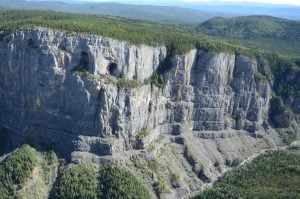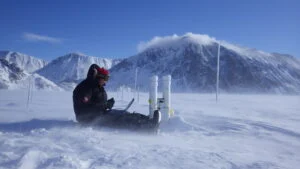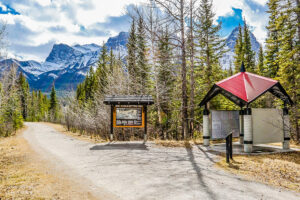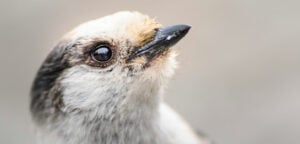
Exploration
Why cave exploration matters
2022 is the International Year of Caves and Karst. Here’s why you should care about the hidden worlds beneath our feet.
- 2517 words
- 11 minutes
Exploration

ALEXANDER HENRY “THE YOUNGER”
1765-1814 | Western Canada
Criss-crossed the nation between Lake Superior and the Pacific coast in the employ of major fur companies, exploring and, most importantly, writing the finest record of any northern fur trader.
SYLVESTER JOE
Unknown-1839 | Newfoundland
A famous Mi’kmaq hunter and explorer who guided William Cormack, the first Euro-Canadian to cross Newfoundland. Together they searched for signs of the lost Beothuk people.
WILLIAM CORMACK
1796-1868 | St. John’s
Naturalist and humanitarian who crossed Newfoundland with Mi’kmaq guide Sylvester Joe while attempting to locate survivors of the extirpated Beothuk people.
CATHARINE PARR TRAILL
1802-99 | Lakefield, Ont.
Author and botanist who performed early studies of Canada’s natural history. Wrote Studies of Plant Life in Canada, The Backwoods of Canada and other works about life as a pioneer.
SUSANNA MOODIE
1803-85 | Belleville, Ont. / Toronto
Author and anti-slavery activist. Wrote Roughing It in the Bush and other works about pioneer life in Upper Canada’s backwoods and clearings.
IPIRVIK & TAQULITTUQ
ca. 1837-81 / ca.1838-76 | Qikiqtaaluk, Nunavut


ARTHUR PHILEMON COLEMAN (FRCGS)
1852-1939 | Lachute, Que.
A renowned geologist, mountaineer and academic whose explorations of Rocky Mountain ranges, the Great Lakes and other regions introduced many to Canada’s geological wonders.
ROBERT BARTLETT
1875-1946 | Newfoundland
An Arctic mariner and cartographer who undertook more than 40 expeditions, including the 1913-18 Canadian Arctic Expedition, adding much to our understanding of the North.
ALICE E. WILSON (FRCGS)
1881-1964 | Cobourg, Ont.

J. DEWEY SOPER (FRCGS)
1893-1982 | Guelph, Ont. / Edmonton
Famed naturalist known best for his discovery of the elusive breeding grounds of the blue goose on southern Baffin Island — after a six-year search that depended on Inuit traditional knowledge.
YVES FORTIER (FRCGS)
1914-2014 | Quebec City

DAVID GRAY (FRCGS)
1945- | Metcalfe,Ont.
Arctic wildlife biologist, writer and documentarian who has studied the behaviour of birds and mammals across the archipelago. He also led the 2013 search for the remains of the 1913-18 Canadian Arctic Expedition.
JOHN ENGLAND (FRCGS)
1946- | Edmonton
Scientist and specialist in northern environmental change who has spent 50 years studying the Arctic Archipelago and mentoring numerous students in and out of the field. He was instrumental in the founding of Canada’s northernmost national park, Quttinirpaaq.
PHILIP CURRIE (FRCGS)
1949- | Edmonton
World-renowned paleontologist and Royal Tyrrell Museum founder. He has named dozens of dinosaur and pre-dinosaur species, and was integral to several game-changing discoveries and theories, including that dinosaurs were feathered and that some hunted in packs.
NATALIA RYBCZYNSKI (FRCGS)
1971- | Ottawa

Are you passionate about Canadian geography?
You can support Canadian Geographic in 3 ways:

Exploration
2022 is the International Year of Caves and Karst. Here’s why you should care about the hidden worlds beneath our feet.

Science & Tech
Celebrating Canadian Innovation Week 2023 by spotlighting the people and organizations designing a better future

Travel
The trail started with a vision to link Canada coast to coast to coast. Now fully connected, it’s charting an ambitious course for the future.

Wildlife
Canada jays thrive in the cold. The life’s work of one biologist gives us clues as to how they’ll fare in a hotter world.